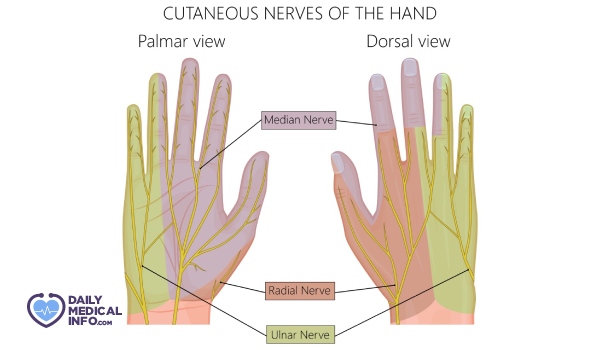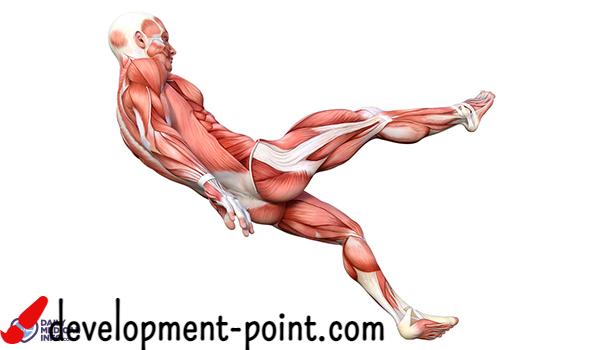Hand nerves: types, function and how to maintain them
Have you ever wondered how our hands move while writing with a pen or using a keyboard? Or how children play with clay? Or how do we move our hands when we hold things in our fists? This is due to the nerves that extend from the central nervous system through the arm and then to the hands, so what are the types of hand nerves? In this article we will know more details.
What are the nerves of the hand?
The hands are among the organs of the body with complex anatomy, as they contain blood vessels, muscles, joints, tendons, and nerves of the hand, which are considered among the peripheral nerves, that is, they are the nerves far from the central nervous system, which are long tubes that conduct signals and nerve impulses between both the central nervous system and the hands Nerves contain special receptors for various inputs such as heat, cold, vibration, etc.
There are three major nerves to the hands They are the radial nerve, the median nerve, and the ulnar nerve, and each of them gives movements and sensations in different areas of the hands, and these nerves are considered branches of the brachial plexus, which consists of a complex group of nerves that control the movements and sensations of the shoulders and arms hands and fingers.
branches of the nerves of the hand

Ulnar nerve
The ulnar nerve originates from the roots of the C8 and T1 nerves, which are part of the brachial plexus that travels from the spine in the neck below the collarbone through the axilla, to the lower arm and elbow. Annoying lasts for several seconds.
This nerve controls most of the small muscles in the hand, and acts as a motor nerve to stimulate the muscles to flex and straighten the pinky and ring fingers, and to hold things.
Radial nerve
The radial nerve arises from the C5, C6, C7, C8, and T1 nerve roots of the brachial plexus, wraps around the posterior aspect of the humerus bone, and branches into smaller branches until it reaches the hands.
This nerve controls the Triceps Muscles, and other muscles so that you can move the elbow and raise it up, and move the elbow, wrist, hand, and fingers. Back of the arm and forearm.
Median nerve
This nerve arises from the same nerve roots as the radial nerve, and travels along the inner part of the arm near the brachial artery, and does not give any function until it goes beyond the elbow, and works to stimulate the muscles of the forearm, allowing the following:
- Flex and straighten your wrists, first three fingers, and thumb.
- Rotate forearm and hand to turn palm down.
Also, this nerve is responsible for the sensation of touch, pain, and temperature for each of the following:
- The underside of the thumb, index, middle and part of the pinky finger.
- forearm.
- thumb side.
- The upper side of the index and middle fingers.
How to preserve the nerves of the hand
There are many tips and instructions to maintain the health of the nerves of the hand and avoid nerve problems, as follows:
- Quit Smoking.
- Improve sleep habits.
- Controlling blood sugar levels (as high blood sugar levels may affect peripheral nerves).
- Control of blood pressure.
- Do exercise and eat healthy foods.

